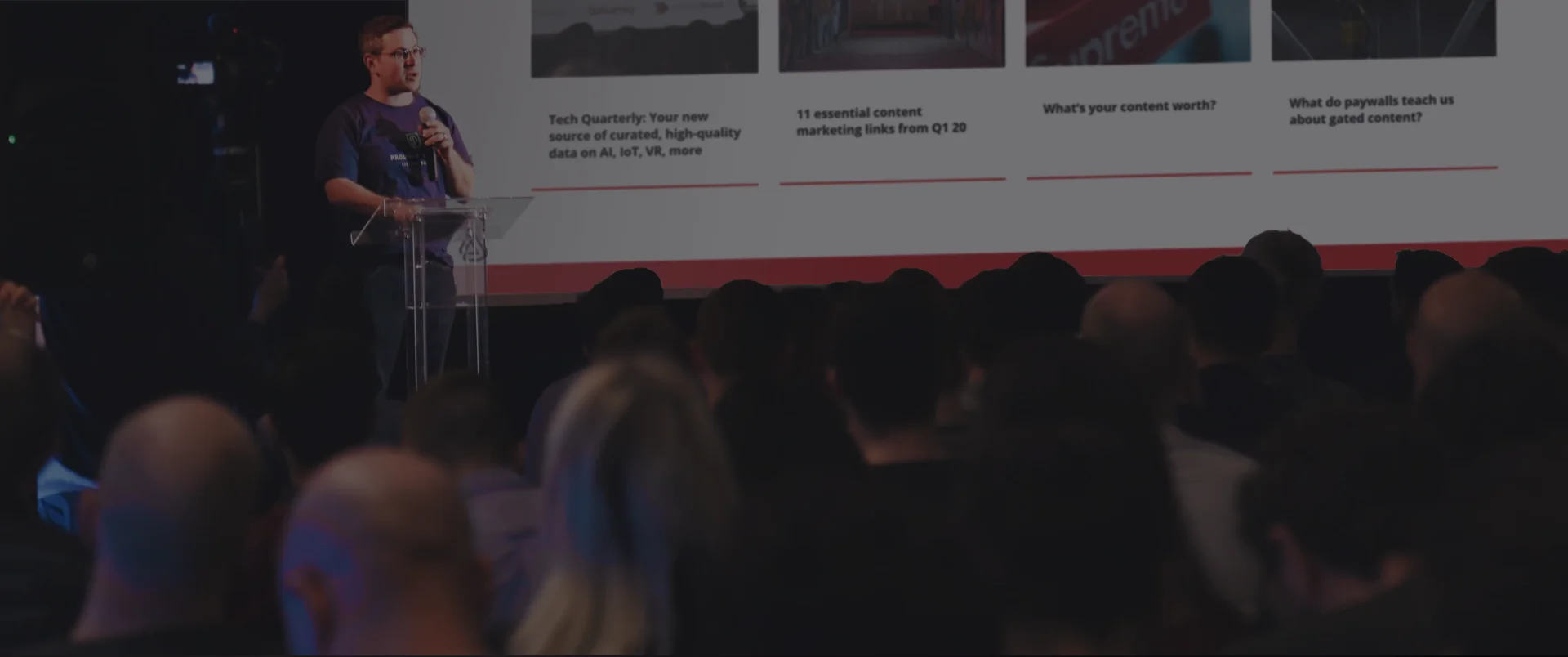We promised some examples of newsletters that don’t fit a boring, link-fest format. They are newsletters that deliver (if you’ll excuse the term) a first-rate user experience.
Unfortunately we are not privy to the metrics behind these, so some of this is an assumption that they deliver results that their publishers find pleasing. Even for client newsletters, where we do get to see behind the curtain, we’re frankly not at liberty to talk numbers.
The Content Strategist newsletter from Contently is in some ways very traditional. Here’s a recent example in full.

It kind of harks back to early ‘e-newsletters’, before publishers generally took a ‘more is more’ approach and stuffed them to the gills.
We like the fact that some thought and craft has gone in to each one and that they usually include a self-contained story. It makes this writer more likely to explore the rest of their product, not less.
Like many good newsletters these days, the Content Strategist clearly uses the MailChimp platform.
Next up is the excellent Brain Pickings, a publication lovingly curated and headed by writer Maria Popova (@brainpicker). If you view a full example of one of their newsletters you’ll notice whereas several newsletters we like give you some context and original content, Brain Pickings gives deep content. (For the record, the Brain Pickings newsletter – just like Collective Content’s – is also based on MailChimp.)

Make no mistake, this kind of thing takes time, confidence and an investment in people with the right skills. It’s too much for one person to do alone.
Notably this Brain Pickings newsletter comes out weekly, on a Sunday evening, at least for this subscriber. Other newsletters we like dare to come out on a Friday or Saturday, even when addressing a largely business or professional audience.
That, again, flies in the face of 15 years of sending wisdom but is done with rhyme and reason, we suspect. For one thing it is in line with learnings from when to post to social media (eg the classic Saturday evening on Facebook).
Of course, if everyone followed suit it might not be such a great contrarian, counterintuitive approach.
–
Follow us on Twitter – @ColContent








